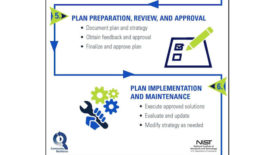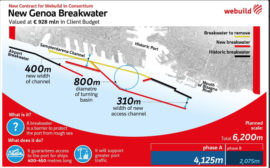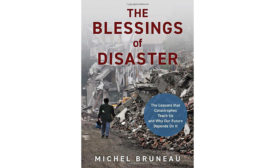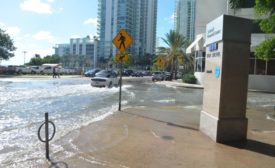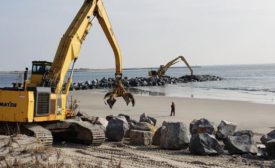Home » Keywords: » Resilience
Items Tagged with 'Resilience'
ARTICLES
Stockholm Advances Slussen Bridge Project to Secure A Sustainable Future
Lock and bridge reconstruction is a key component in a $1.4-billion master plan to secure the city’s major drinking water source, Improve mobility and reduce flood risks.
Read More
Transportation Infrastructure
Congress Passes Another Highway-Transit Stopgap in Lieu of $1T Infrastructure Bill
Read MoreThe latest news and information
#1 Source for Construction News, Data, Rankings, Analysis, and Commentary
JOIN ENR UNLIMITEDCopyright ©2024. All Rights Reserved BNP Media.
Design, CMS, Hosting & Web Development :: ePublishing
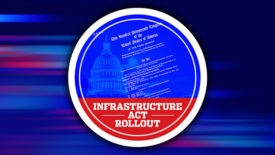

_ENRready.jpg?height=168&t=1692931671&width=275)



